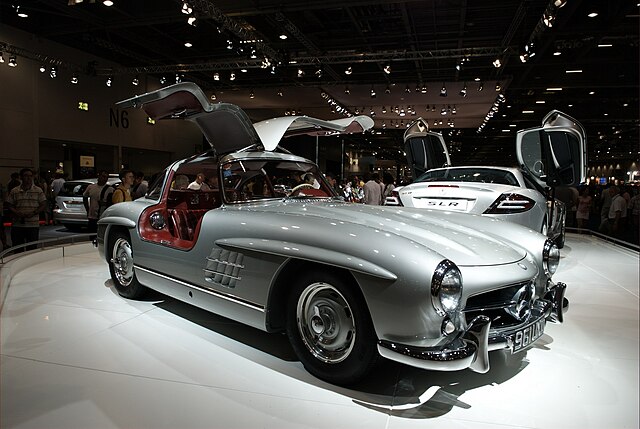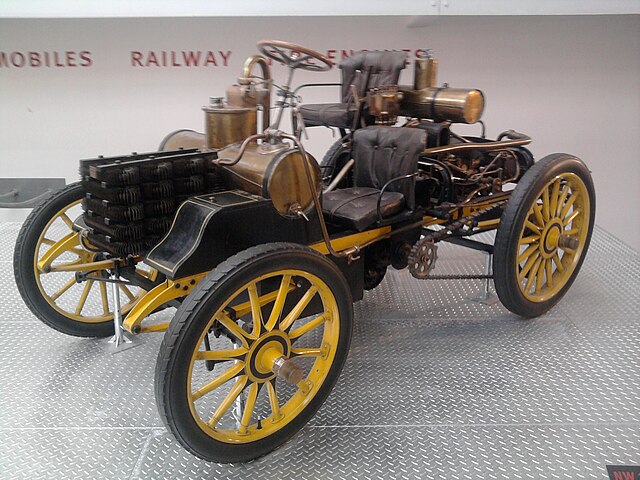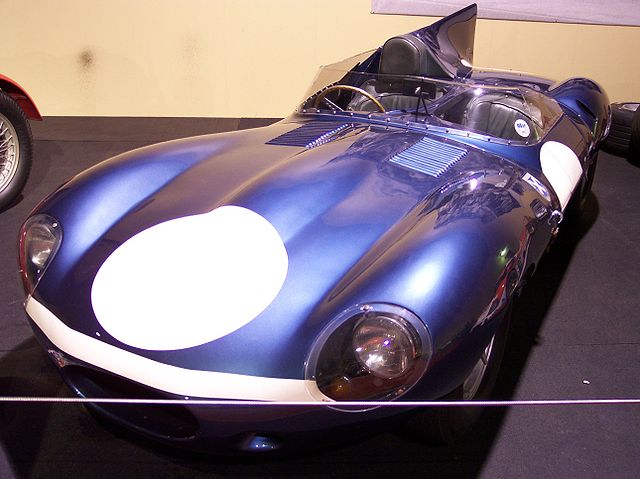An open-wheel car is a car with the wheels outside the car's main body, and usually having only one seat. Open-wheel cars contrast with street cars, sports cars, stock cars, and touring cars, which have their wheels below the body or inside fenders. Open-wheel cars are built both for road racing and oval track racing. Open-wheel cars licensed for use on public roads, such as the Ariel Atom, are uncommon, as they are often impractical for everyday use.
2023 Formula One car, McLaren MCL60, driven by Lando Norris
A Ford Model T, one of the most popular road-legal cars of the early 20th century. Note how the wheels are well outside the main body of the car, as was typical for the era.
A 1954 Mercedes-Benz 300 SL which featured wheels under the main body of the vehicle, primarily for aerodynamic drag reduction
Caterham open wheeled sports car, derived from Lotus 7
Sports car racing is a form of motorsport road racing which utilises sports cars that have two seats and enclosed wheels. They may be purpose-built prototypes or grand tourers based on road-going models. Sports car racing is one of the main types of circuit auto racing, alongside open-wheel racing, touring car racing and stock car racing. Sports car races are often, though not always, endurance races that are run over particularly long distances or large amounts of time, resulting in a larger emphasis on the reliability and efficiency of the car and its drivers as opposed to outright car performance or driver skills. The FIA World Endurance Championship is an example of one of the best known sports car racing series.
Sports car racing
1900 NW Rennzweier (The Double Racer)
1926 Bentley 3 Litre Le Mans
The 1957 24 Hours of Le Mans was won in a Jaguar XKD.








